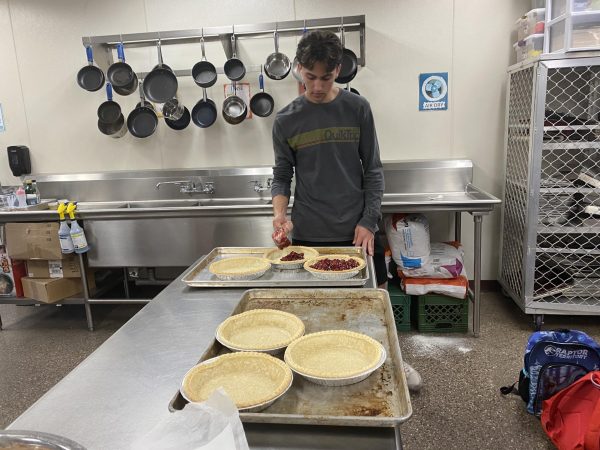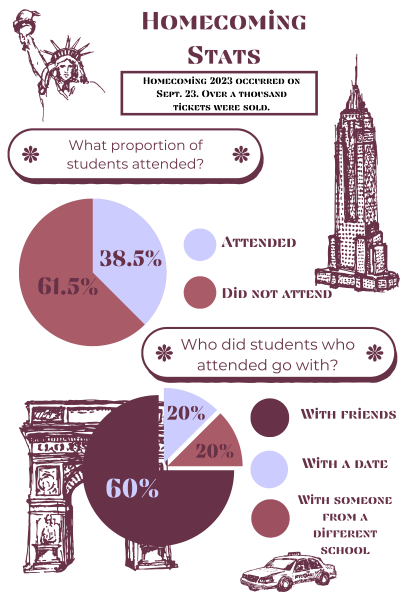Students draw connections to Ellis Island through narratives
Students draw connections to Ellis Island through narratives
Imagine experiencing a new way of life that is not only foreign, but captivating. Embarking on the journey of a lifetime is the definition of the American Dream. Through each trial and challenge, people must learn how to adapt to their surroundings and create a successful future for themselves.
Students are beginning to empathize with the experiences that have shaped America and the world many live in.
Instead of following traditional practices, English students were asked to work on an “Ellis Island Narrative.”
Freshman and junior English teacher, Annette Bashford explains, “They[students] loved it, they were probably the best narrative I’ve ever gotten and I think because there was a connection.”
In weeks prior, the junior level teachers decided to present a new approach to narrative writing. As juniors began to work their way into 1920s literature, it was acknowledged the vast influence immigration had on this era.
The assignment encompasses analyzing the immigration process, the hardships faced, and the passionate emotions that contributed to the overall integration of immigrants into mainstream America.
Then, students were asked to choose to be the immigrant in the narrative, make up an immigrating person, or reflect on an ancestor.
Junior Georgie Xenikakis explains, “It made me kind of like feel like how hard the environment was for my dad I guess to come here, cause I was just born here so it was pretty easy for me, like I didn’t have to go through all the stresses he had to go through and feel what he had to feel.”
Xenikakis’s family immigrated to America from Greece. Throughout the narrative he was able to connect with his family and reflect on the past.
These activities allow students to connect deeper with what they are learning and draw comparisons that influence student’s ability to look beyond the classroom.
Xenikakis says, “We just have to think how people’s lives back then weren’t as easy as we thought it would be for other people besides us.”
Depicting these differences allows students to create connections in their lives. It put many challenges in perspective and teaches valuable lessons regarding the principals many take for granted.
With these practices, students can learn to value the history behind passionate goals and the importance in supporting the foundations of America.
Bashford says, “We talked about our freedoms and you know just how truly blessed we are as a nation to live in the United States.”
This approach to writing not only elevates students in their daily lives, but strengthens their writing abilities.
Junior Roman Quintero explains, “It gives us free range to do whatever we want to like make our own story,” he continues, “It gives people more options and variety.”
The fact that students are given the opportunity to write about something more interesting engages and motivates many to excel throughout the process.
While writing the narratives, junior students were also learning about the culture of America during this time in their history classes. Not only does this enhance the overall understanding one has of a topic, but applies stylistic ideas to it.
Bashford explains, “This is the first year we’ve done this narrative, and we’re for sure going to keep it like it was a huge success across the board.”

Sydney Wolfe is a senior staff reporter and editor. Being the Co-News Editor, ECON/DECA/Business reporter, and a feature writing, writing is a passion...





